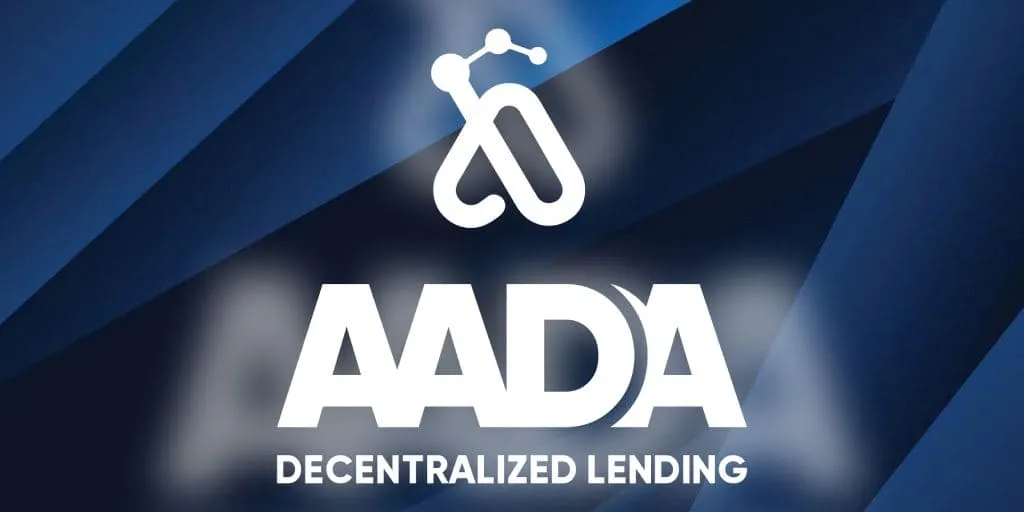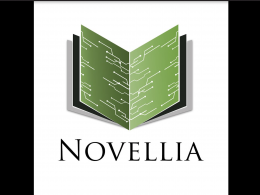For the uninitiated, Aada Finance is a crypto assets lending platform. Its utilisation of smart contracts allows users to deposit assets while collecting interest, or borrow assets and perform financial actions. It prides itself on being a fully decentralized money market protocol, which therefore enables its users to lend or borrow money in a trustless manner, an increasingly sought after property, one which offers a wide variety of cryptocurrencies to choose from. With the addition of Cardano’s ERC20 converter, Aada has brought essential functionality to the DeFi ecosystem.
Cardano’s ERC20 converter will bring massive asset amounts onto the cheapest transactional blockchain. The converter provides organizations and their users with the innate ability to manage ERC20 token migration onto the Cardano blockchain, which is literally priceless. With the ability to convert their ERC20 tokens in just a few simple clicks, moving them across, these tokens will be translated into a special native token on the Cardano ecosystem, having the same value and working just as well as an ERC20.
Pooled Lending Protocol (PLP)
Through the utilisation of pooled lending mechanisms, Aada Finance is able to make lending easier and much more affordable. Pooled assets provide the ability to make borrowing easier, and can also be used for other functions, such as Flash Loan. Aada Finance is the first of its kind lending protocol on Cardano.
The uses are as follows:
- Lend and earn interests
- Borrow by providing overcollateralized assets
- Borrow undercollateralized (a.k.a Flash Loan)
- Swap deposited assets. Flash Loan will allow users to instantly swap and deposit assets without withdrawing and re-depositing
- With extremely low transaction fees and the most valuable financial functionality – lending, Aada is expected to attract large user adoption and token holders.
“Lending as a service is not new. Lending originated during the XV century in Florence, Italy. The family of Medici also known as the first bankers opened their stool next to Cavalcanti palace in Florence. Shortly after starting, one of Medici became the unofficial head of state of the Florentine republic. Riches accumulated by the Medici family can only be outweighed by riches held by current banking companies. For centuries, managing financial assets created the rich from whom even the king of England had to get permission to go to war. We at Aada believe that we can reverse engineer the most profitable sector – banking. We seek to take the core function of first bankers and build it into the code. Take lending and build it into a decentralized protocol owned by no one, and everyone.”
Aada Academy – Building a Cardano DeFi Community
The Aada academy’s ultimate goal is to build a strong and vibrant DeFi community .Employing only the highest calibre of Smart Contract developers, we ensure that community projects will flourish. The sole purpose of the Aada academy is to unite the DeFi community under one roof. Through a shared sense of unity we will grow, and create DeFi features that really matter. We invite everyone, both existing and new Cardano Smart Contract developers to sign up for our academy. The desire is simple, we want Cardano to grow and expand, which means we want you to flourish alongside.
Meet The Team
Cardano developer #1 (Plutus pioneer program)
Cardano developer #2 (Plutus pioneer program)
Marketing hero (blockchain affairs)
Head of engineering (scrum manager)
Developer #3 (systems architect)
Precious designer (UI design)
The Mission Statement
- The vision is to create a powerful yet easy to use Dapp, allowing anyone to lend or borrow liquid crypto assets. As DeFi products provide stable and transparent DeFi lending Dapps, which are governed by the DAO principle as an independent application.
- Aada’s main cause is to solve the Ethereum transaction gas problem solution, by launching Cardano liquidity pools and providing more utility as a product.
- Financial tooling. Using NFTT bonds will allow users to hedge their positions and have more control over their crypto assets.
- Combining Haskell knowledge and the innovation of IOHK, the Cardano blockchain, Aada’s primary objective is to be the first market movers in the Cardano DeFi ecosystem, bringing seamless platform capture and uncollateralized ADA market capitalization.
- We aim to expand and grow the blockchain user base with a high interest in DeFi operations, which will bring demand for Dapp’s immense growth, and the utilization of Cardano in this field.
FAQs
Why are we issuing Aada tokens?
The Aada team is building a lending platform that is expected to be one of the Cardano DeFi cornerstone protocols. Since it requires a lot of resources and time, the Aada developer’s team decided to issue Aada tokens, which will be used in Aada utilities.
Why should one hold Aada tokens?
Aada platform generated fees are distributed to token holders as we build a community-based Decentralized Autonomous Organization (DAO). The Aada ecosystem is powered by Aada token and token utilities.
Didn’t I see something similar on Ethereum?
Yes. We were inspired by the DeFi Lending Platform’s success on Ethereum (Compound, Aave). We believe that this is what the Cardano ecosystem will crave for the next decade. Plutus programming language and much safer Cardano smart contracts will help us to build a translucent and Decentralized Lending Platform, powered with UTXO.
We are extremely passionate about DeFi in general, as we believe in the potential for growth in Cardano, building a like-minded community there, and maintaining a strong relationship with the ecosystem. By sharing ideas and knowledge with developers, we can benefit the entire Cardano ecosystem as a whole.
How many tokens are expected to circulate?
Here you can find the planned Aada token distribution.
To find out more information, contact us via Twitter, Telegram or Gitbook.










